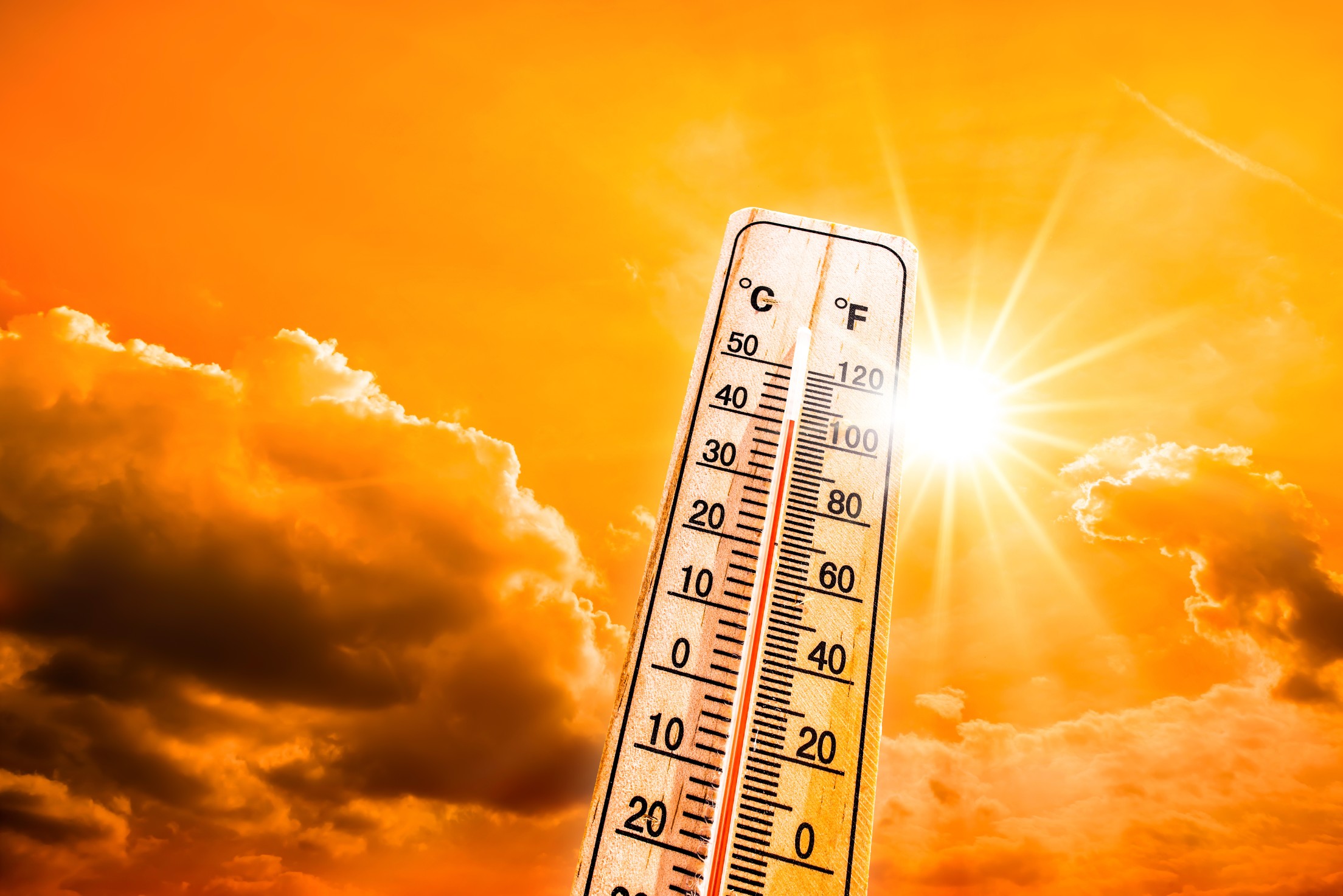
Heavy Rain, Flooding, and Chance of Severe Weather Staring Down the Southern U.S.
January 22, 2024
Posted: July 21, 2023 12:45 pm





The heat dome that has been set up over the Southwest for a few weeks will expand in the coming days as the area of high pressure around this dome persists and strengthens. The result will be scorching days for many areas up through the Rockies and into the Plains states for the foreseeable future.
The current heat dome has been responsible for temperatures that hovered in the triple digits for weeks at a time for parts of the Southwest and beyond. This dome will start to creep to the north and the east in the coming days, bringing the possibility of record-breaking temperatures to millions of Americans.
While the heat will expand, the Southwest will still be under the gun for the searing temperatures through at least the weekend. Phoenix is forecast to remain at or above 110 degrees, piling on days to the new record streak at this threshold.
The Rockies and the nation’s heartland will then get in on some of this triple digit action over the next several days.
Do not expect much relief in the form of cooling temperatures. The ridge of high pressure is not expected to break down any time soon. In addition, forecasters are predicting that the North American monsoon season moisture will be slow to arrive to the Southwest. This will work to drive temperatures up over the century mark.
Mother Nature has turned on the heat since the end of June, resulting in many new records set in Arizona and Texas. Some of the most significant records include Phoenix reaching at least 110 degrees for at least 20 days and El Paso, Texas climbing to above 100 degrees every day for the last four weeks.
These readings are not predicted to fall in the near future. You can expect widespread readings of at least 100 degrees throughout much of Arizona, New Mexico, and Texas. The extreme heat will also move to the west into California.
For instance, after experiencing temperatures below normal to start the summer season, Los Angeles will hit readings in the 90-degree range through the weekend and into next week.
What is most worrisome to local health officials is the lack of cooling happening in the overnight hours. The temperature in Phoenix bottomed out at 97 degrees for an overnight low on Wednesday, breaking a new record for the all-time hottest low in the Valley of the Sun. The previous record of 96 degrees dates back to July of 2003.

As the heat dome expands to the north and the east, so will the unseasonably warm temperatures readings. States under the gun for this warmth include Colorado, Idaho, Montana, and Wyoming.
You can expect the mercury to settle in the mid to upper 90s on Sunday through Tuesday in Denver. Although it will cool off slightly by the middle of the week, the readings will still remain around the 90-degree mark.
Farther to the north, Cheyenne, Wyoming will also see the temperature eclipse the 90-degree benchmark for a few days. These readings will be about 5 to 10 degrees above what is normal for the middle of July.
The central U.S. will also see the temperature crank up a notch. This heat will move into the Dakotas by Sunday before reaching the rest of the region to start the work week.
After a stretch of moderate weather, the Kansas City area will see readings bounce back into the triple digits by the middle of the week. These readings will stick around into next weekend, making for a scorcher of a weekend to end the month of July.
Although the rising temperatures will pose dangers when it comes to heat-related illnesses, the mass of dry air will also work to mitigate the frequent episodes of severe weather over the region. This part of the country has been dealing with persistent rounds of stormy activity over the last few weeks, including deadly flooding and damaging winds.
Unfortunately for the Southwest, the long-range forecast is not calling for significant relief from the heat in the coming days. The delayed arrival of the monsoon moisture is partly to blame for this lack of cooling.
The monsoon rains typically usher in more clouds, helping to bring down the mercury. However, meteorologists are predicting that the 2023 North American monsoon season will be both delayed and weaker in nature. You will be hard-pressed to find lasting relief from the heat until this moisture train fires up for good.
Did you find this content useful? Feel free to bookmark or to post to your timeline for reference later.

January 21, 2024

January 19, 2024

January 18, 2024